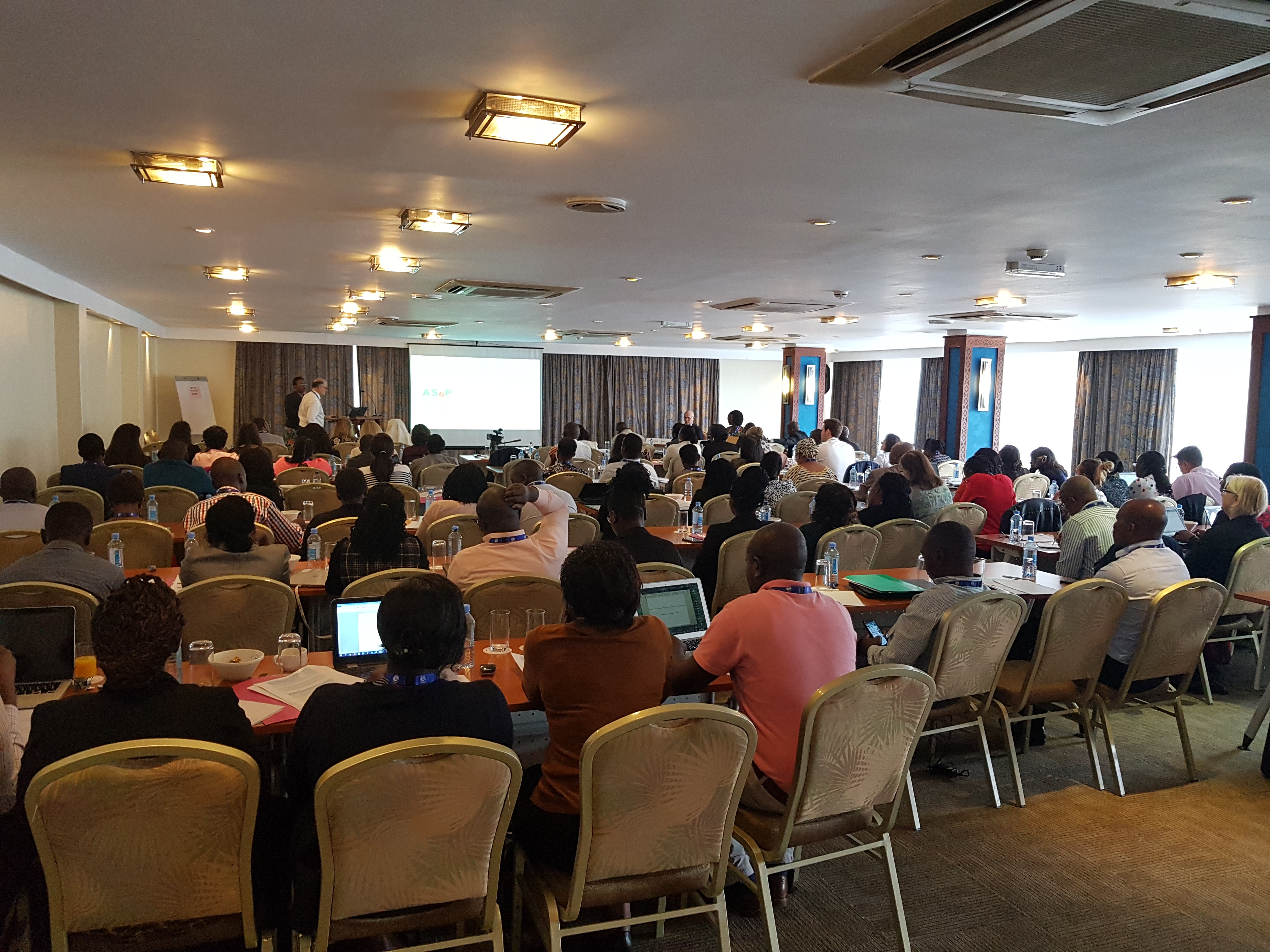This article is part of the network’s archive of useful research information. This article is closed to new comments due to inactivity. We welcome new content which can be done by submitting an article for review or take part in discussions in an open topic or submit a blog post to take your discussions online.
This month saw the International Society of Pharmacovigilance’s (ISoP’s) Mid-Year Symposium and Training Course held in Nairobi, Kenya, the first ISoP event of its kind to be held in Africa.
The 3-day event, which ran from 6th-8th May, bought together nearly 100 ISoP members from across Africa and the globe, including representatives from government/regulatory bodies, the pharmaceutical industry and academia. Individual sessions were led by experts representing a wide range of organisations including African national regulatory authorities, the Uppsala Monitoring Centre (UMC), the World Health Organisation (WHO) and industry.
The theme of the event, ‘Pharmacovigilance in Africa Beyond Spontaneous Reports’ was addressed through five structured sessions, consisting of an one day introductory symposium and 4 half-day courses, each individually concentrating on; Africa’s changing regulatory landscape, access to medicines to meet Africa’s needs, pragmatic active methodologies for Africa and benefit vs risk and risk minimisation.
Day one’s symposium, opened by Sten Olsson, ISoP President, began by providing delegates a background on the place of Africa in global pharmacovigilance (PV), with discussions on what Africa is currently missing within PV and a focus on the key drivers of PV change, providing the basis for initial discussions on current knowledge gaps and priority areas of focus within the African PV landscape. Building on this, discussions centring around the ongoing work towards the establishment of the African Medicines Agency, led by representatives of the African Union – NEPAD, provided an insight into the future of safety regulation in Africa, and a shift in direction from national/region PV centres to an all-encompassing continental system, and were concluded with an enthusiastic panel-based discussion of the day’s topics.
Day two saw the delivery of the first two training courses, titled ‘Africa’s Changing Safety Regulatory Systems’, and ‘Access to Medicines to Meet Africa’s Needs’ respectively. A particular lively session examined the leading work done in Ghana to establish requirements and training for local Qualified Persons Responsible for Pharmacovigilance (QPPV) for Market Authorisation Holders (MAH) to improve the collection of safety reports, which invoked interesting discussion between regulatory and industry representatives. Other areas of focus included harnessing machine learning and artificial intelligence technology for use within African PV systems, and current PV initiatives such as the PharmacoVigilance Africa (PAVIA) and PROFORMA consortia, aimed at making new medicines available in a safer way across Africa.
‘Pragmatic Active Methodologies for Africa’ and Benefit vs Risk and Risk Minimisation’ were the focus for the final day of the training course. Particular attention was given to essential components of risk management’s plans, with a range of case studies on the different methodological approach taken by varying regions provided as examples. The event was concluded with a call for applicants to re-establish the African chapter of ISoP (ASoP) and look to take the chapter forward and reinvigorate its collaborative efforts across the region. The call is to be extended to all involved in African Pharmacovigilance, not only those present at the training course, and interested parties are invited to contact administration@isoponline.org.
